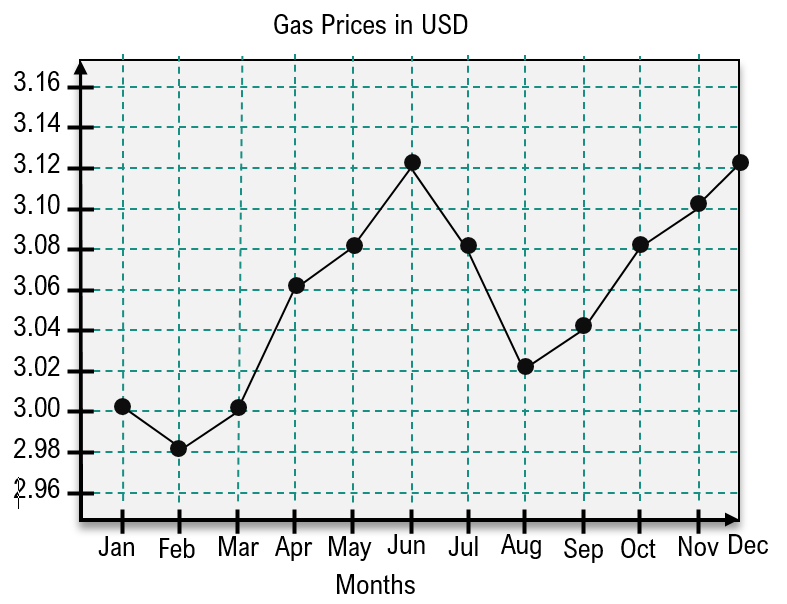In this course, we have explored various ways to analyze data, focusing on frequencies across categories and classes. However, when it comes to understanding how data changes over time, time series graphs become essential tools. These graphs effectively illustrate how a variable's value evolves, allowing us to visualize trends over specific time intervals.
A time series graph consists of coordinate pairs, where the x-axis represents time and the y-axis indicates the measured value at that time. To create a time series graph, one must plot points on a grid by moving along the x-axis for time and then up the y-axis for the corresponding value. Once all points are plotted, they are connected with line segments, which helps in identifying trends such as increases or decreases in the dataset.
For example, consider a dataset representing average daily ice cream sales over a year. In this case, the x-axis would be labeled with months, while the y-axis would reflect the sales figures. By plotting points for each month, such as (1, 3) for month one with three sales, and continuing this for each subsequent month, we can visualize the sales trends. After plotting all points, connecting them reveals periods of increase or decrease. An upward trend indicates increasing sales, while a downward trend signifies a decrease.
In our ice cream sales example, we observe an increase in sales from month two to month seven, followed by a decrease from month seven to month twelve. This analysis of trends is crucial for understanding patterns in data over time, enabling better decision-making based on historical performance.
With this understanding of time series graphs and their application in analyzing trends, you are now prepared to practice creating and interpreting your own time series data. Good luck!



